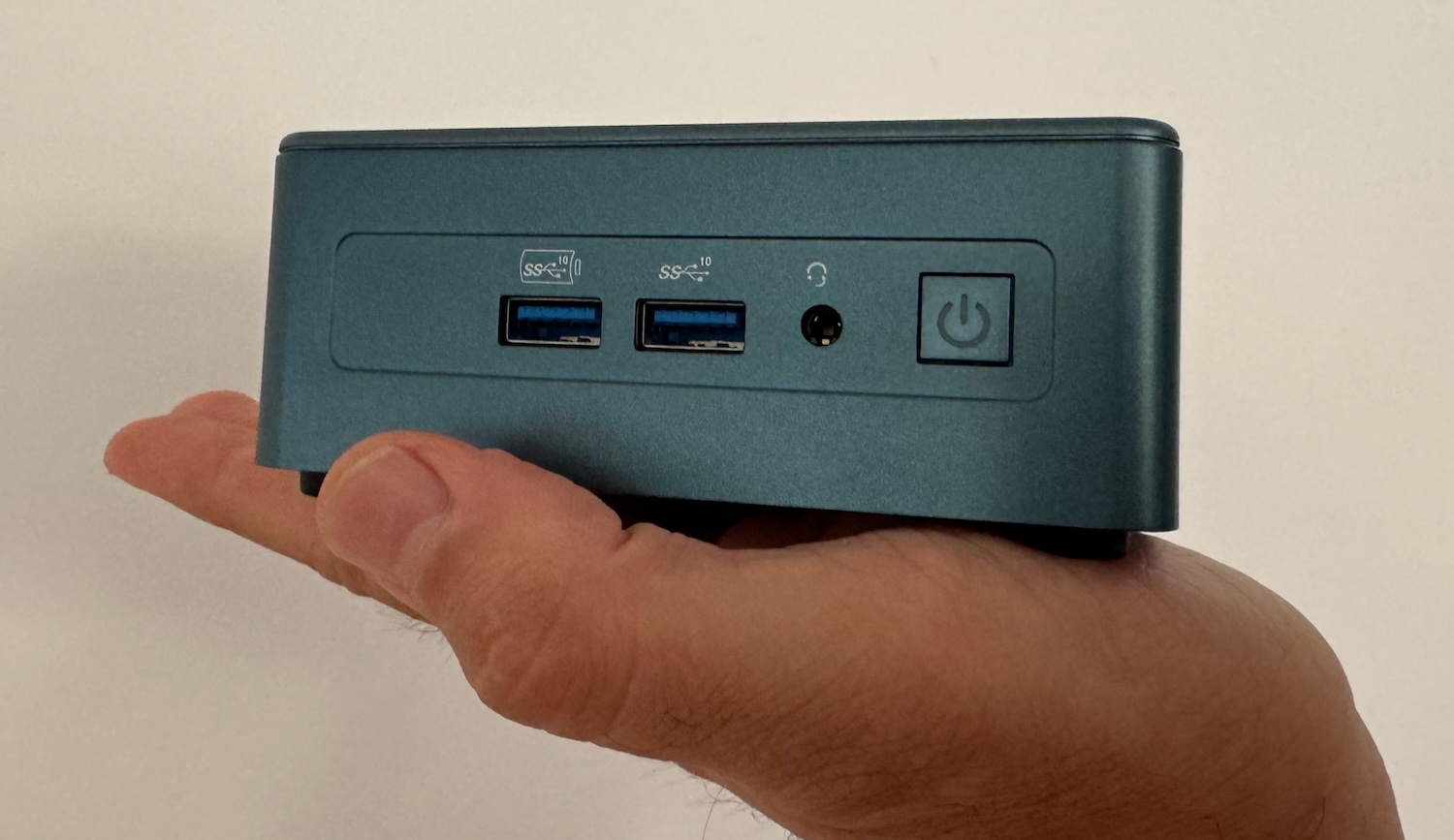WTF?! We’ve come a long way from the days when 75Hz was considered a blistering-fast refresh rate for a monitor. Illustrating this point is TCL CSOT, a subsidiary of TCL, which has shown off a 4K display panel at Display Week 2024 capable of reaching 1,000Hz.
The refresh rate race has gone into overdrive in the last few years, with monitors able to reach 540Hz, such as the Asus ROG Swift Pro PG248QP, which we loved, hitting the market.
As with other monitors featuring ludicrously fast refresh rates, the Asus model has a 1080p resolution and is aimed squarely at eSports players or competitive online gamers. We are seeing high-refresh-rate 4K monitors, including this ROG Swift and one from Dell, but they top out at 240Hz.
Also read: Why Refresh Rates Matter: From 30Hz to 540Hz
First spotted by Blur Busters, TCL CSOT showed off a 4K panel at a display event in California that has an amazing 1,000Hz refresh rate. The publication notes that while it had expected 1,000Hz panels to arrive, it did not expect it to debut at 4K before 1080p and 1440p.
4K 1000Hz being shown off at #DisplayWeek2024 by TCL CSOT pic.twitter.com/xc2qsYocxX
– Blur Busters (@BlurBusters) May 15, 2024
The only other solid detail about the screen is that it’s an LCD, just like the 540Hz Asus monitor. It’s also likely a proof-of-concept prototype; expect the first commercial 1,000Hz monitors to arrive with 1080p or 1440p resolutions. Blur Busters believes that 1,000Hz OLEDs will be commercialized by 2027, with the first prototypes likely to be announced before that time.
It’s also likely that we’ll need to wait a few years before other technologies can take full advantage of 1,000Hz refresh rates, especially at high resolutions; DisplayPort 3.0/HDMI 3.0 and incredibly powerful graphics cards (with frame generations), for example.

For a lot of people, any monitor with a refresh rate of over 120Hz seems like overkill, especially if they don’t play games that often and have no interest in competitive gaming. But as we noted in our OLED Burn-In Test: One Month Update feature, moving from a 144Hz monitor to 240Hz can also have a positive impact on productivity, thanks to the smoother, clearer experience when reading reams of text or browsing the web and the lower latency.











